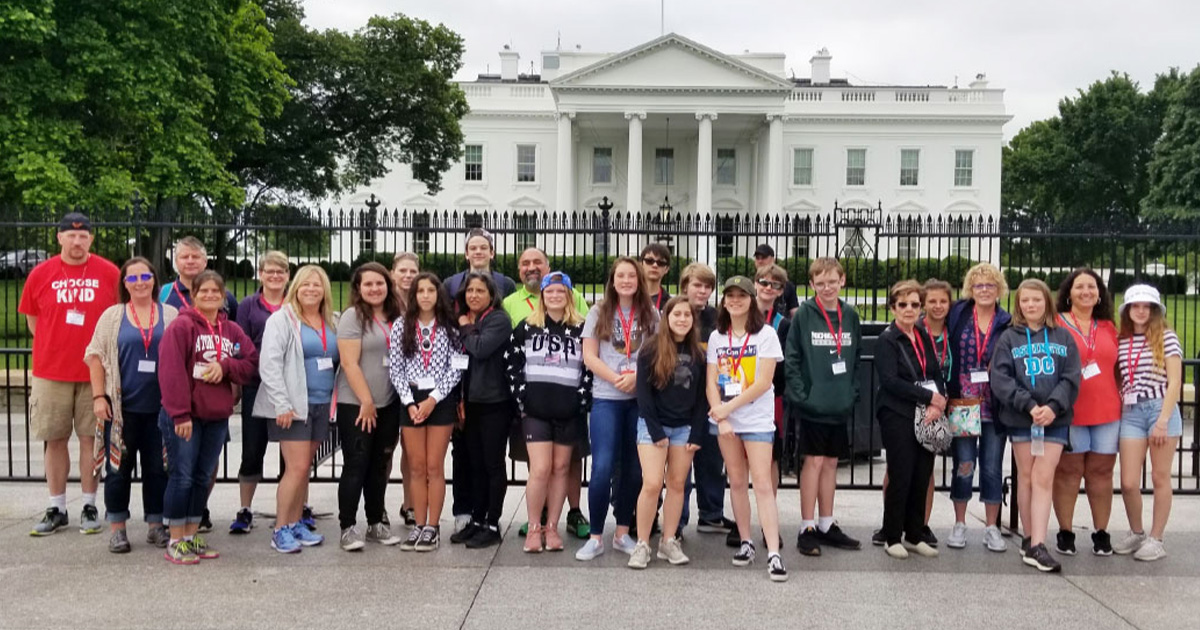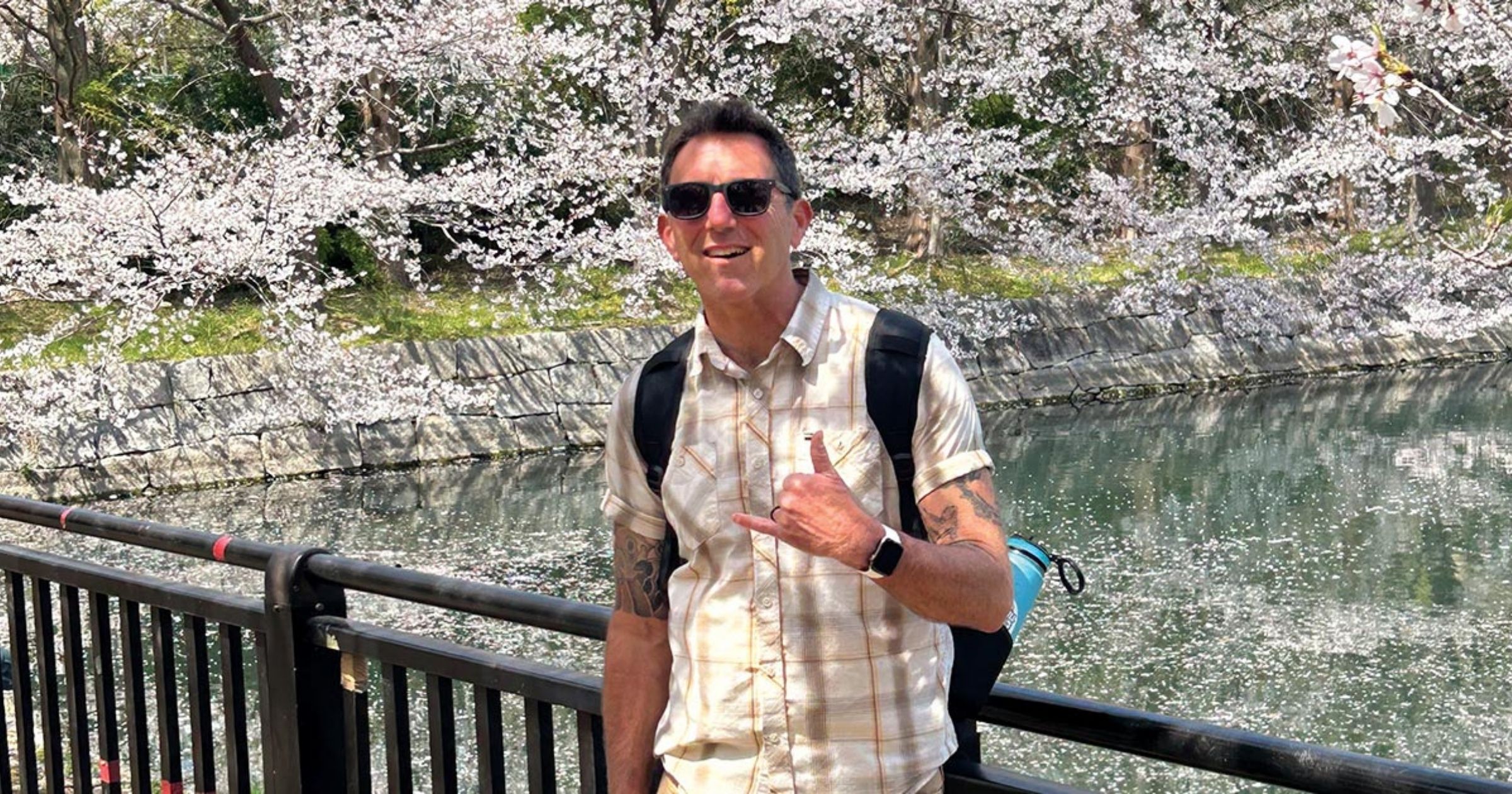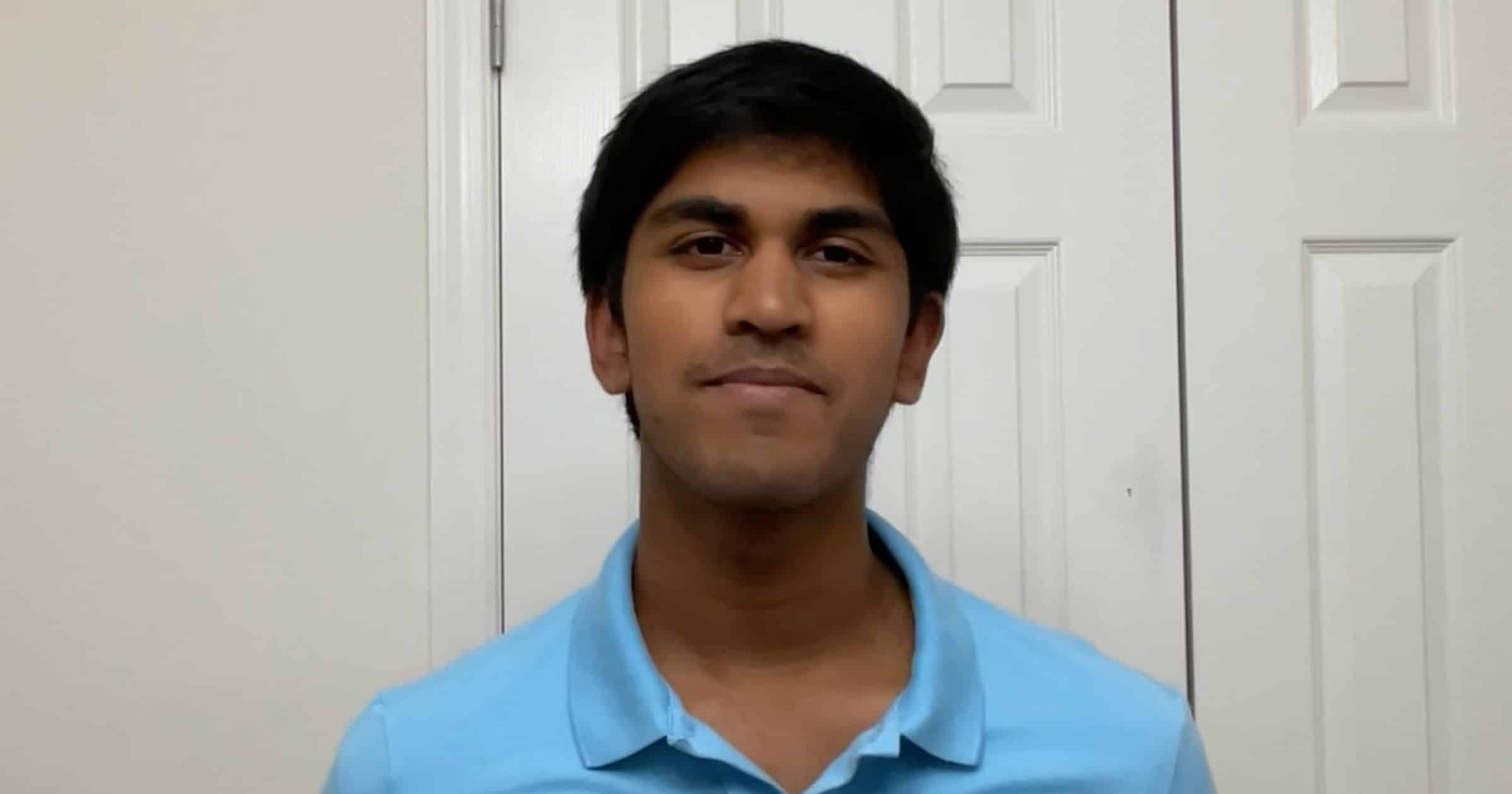As principal of Island City Academy, Aaron Warren helps lead the charge for student travel.
The small K-8 charter school in Eaton Rapids, Michigan is part of a tight-knit community, where families show up and show out consistently for travel and education, in everything from fundraising to transporting students to class each day (the school has no busses).
Every year, the 8th graders have taken some sort of educational trip, and more recently, the 7th grade class has joined in too—all with the help of SYTA member Educational Tours, Inc. Over his 10 or so years at the school, Warren has seen the approach to travel shift somewhat, but the value of it has remained the same.
We talked with this passionate principal about his school’s experience with student travel and what he’s learned from it all.
What’s your school’s history with student travel?
When I first started, our middle school was a lot smaller, and it was usually five or six kids and we would fly to somewhere. We’d let the kids basically help pick the destination, fundraise and cover the whole cost. We went to Boston a couple of times, but we’ve really felt like Washington, DC makes the most sense. It fits with our curriculum and fits where we’re at in eighth grade, and we’ve really, really enjoyed it. It’s fun to see the monuments, to see how they react. For a lot of our kids, they’re not going to go to DC otherwise. A lot of them have never left the state, so it’s going somewhere with some historical value.
I think the big thing too when we do these trips, there’s a lot to be said about having a tour guide that’s walking you through all the monuments and explaining everything. It’s just a whole ‘nother level. It adds so much depth to what you see. When we do a monument walking tour with a historian and a tour guide, and they’re telling you about everything in the city, that’s so rewarding and refreshing for the students to hear and understand. I can just imagine students, going back when their parents take a trip to DC, like, “Hey, I know what this is. Let me tell you about it.” I think there’s something to be said for that.
Tell us about your next trip!
We’re going to Chicago mid-May. We’ve never done this before, but we wanted to try something different this year. We used to do eighth grade only, but then what happens is we have at most 24 kids, usually closer to 18 or 19, and then there’s a half empty bus, which is the biggest cost. We decided to go seventh and eighth grade together, which is still not a full bus, but we’re closer, and it keeps our costs down. Bigger schools pay less because they get two or three buses full, so it helped us. Seventh and eighth graders are close enough in age and they’re both able to go and have a good time. We’ve really enjoyed that.
What are you doing in Chicago?
The two big things that they’re looking forward to going to are the Shedd Aquarium and the Natural Science and History Museum. Those are the big ones. Those are kind of the reasons for going. Our science teacher used to live in Chicago and wanted to do it, so she’s the one that really pushed us to. And then we’re going over to the Navy Pier, and the kids are excited about that. Lots of good stuff going on!
What value do you find in student travel?
I think the big thing is, we talk about all these places, right? Like for me, the first time I went to Boston, I saw Plymouth Rock, and it’s not this big rock. You know, we talk in class about the Declaration of Independence and history, we talk about Washington, we talk about Congress and the Capitol, so it’s being able to go in and have the kids actually see the things they’ve talked about. You go into the National History Museum and you can see the flag that was flown when they wrote the Star Spangled Banner. You can go see the national Declaration Of Independence as it was written. I mean, there’s these things that we talk about, but so many of our students don’t ever have those opportunities to see it. And with us and our numbers, most of our students fundraise most of it.
How do you handle fundraising?
We do a couple things. We’re a small middle school, but we have boys and girls basketball and volleyball. We let the kids do concessions in that. It used to be we would have parents donate the concession goods and any money raised, they would keep, but instead now we just pay the kids an hourly rate—come in and work, get paid for that. We do pizza fundraisers every Friday, where kids can buy a slice of pizza for $2, and we make the kids help distribute it. They run the station. That money goes right to the kids for the travel account. We just divide it up for each student. They only get to volunteer and help with that if they’re doing what they’re supposed to in the classroom. So, there’s a tie-in to the academic piece of it. We do a lot of different like, flower sales, Butter Braids, just different standard mail at home fundraisers!
Do you have any words of wisdom or encouragement for other teachers?
What I would tell anybody that’s going to do it is you will be shocked at how well-behaved your kids are when you get out of your building. I think that’s a big hang-up for people, saying, “Oh my God, these kids are out of control. They’re not doing this.” But I wish I could take the kids that I have when I go to DC and put them back in my building every day. It’s amazing how they can show out and really show you how good they are and how respectful they can be, and I’m always blown away by how well they do. It’s just amazing the experience these kids can have, and I would encourage everybody to do it.
This story originally appeared in the May 2024 issue of Teach & Travel.




